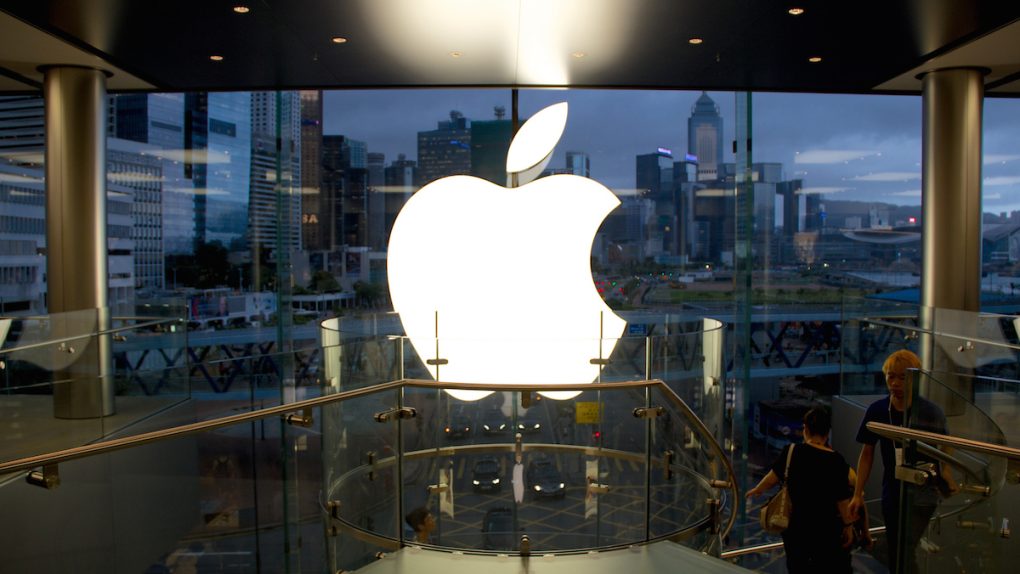In what may become something of a tradition, Apple executives Phil Schiller and Craig Federighi on the second day of WWDC sat down with Daring Fireball’s John Gruber for a wide-ranging interview about all things iOS and macOS. The full interview will soon be available on Gruber’s popular The Talk Show podcast but MacRumors managed to highlight some of the more noteworthy portions in the interim.
DON’T MISS: This could be the radical iPhone redesign we’ve been waiting for
For starters, Apple’s WWDC keynote left many people wondering why the company spent so much time on Messages. Indeed, there were no shortage of snarky hot-takes about how Apple’s WWDC keynote was big on fluff and how the company had all of a sudden become a Snapchat competitor. Nerd indignation aside, Federighi cooly explained why the company decided to spend so much time focusing on enhancements to the Messages app during Monday’s keynote.
First and foremost, Federighi explained that Messages is extremely popular and is likely the app most iPhone and iPad users spend the most time in. So why not focus on the stuff the masses would actually get excited about?
“Every time we add emoji it would be the biggest thing,” Federighi said. “We work all year on a new file system or something and people are more excited about the two more emoji. So we figured if there’s one place where we could make a difference in how people experience iOS it’s Messages.”
Of course, one of the bigger developments at WWDC was Apple’s announcement that it was finally going to open up Siri to third-party developers. Initially, developers will be somewhat limited in how they can integrate Siri functionality into their apps. Specifically, third-party app integration with Siri will be limited to these six types of activities: ride booking, messaging, Photo Search, payments, VoIP Calling and Workouts.
Touching on this, Federighi and Schiller said that Apple is more interested in creating a strong foundation for developers first before giving them free rein. This is not at all surprising as we’ve seen Apple take a similar approach with other iOS features in the past, such as its multitasking APIs.
There was definitely a lot more that Federighi and Schiller covered, and we’ll make sure to update this post once the podcast becomes available for download.








